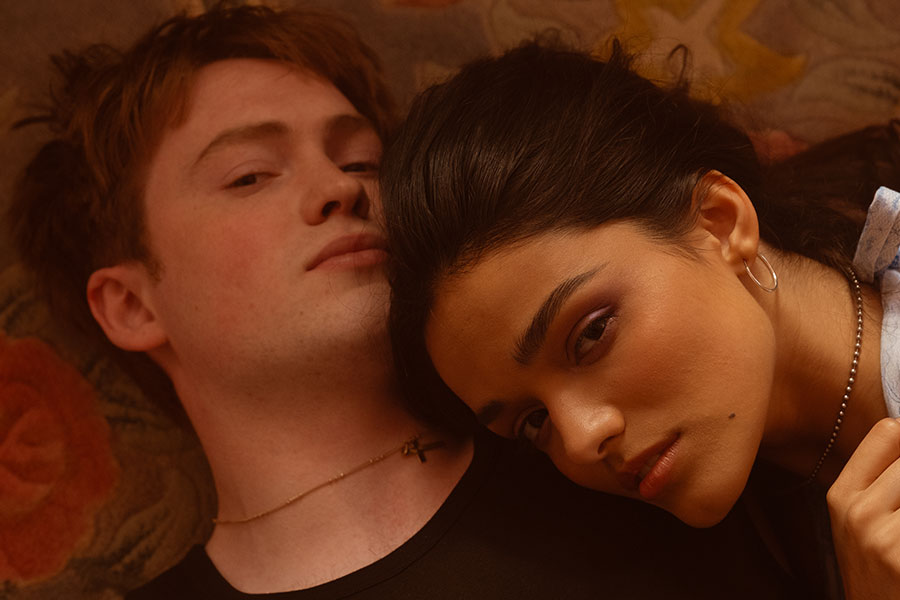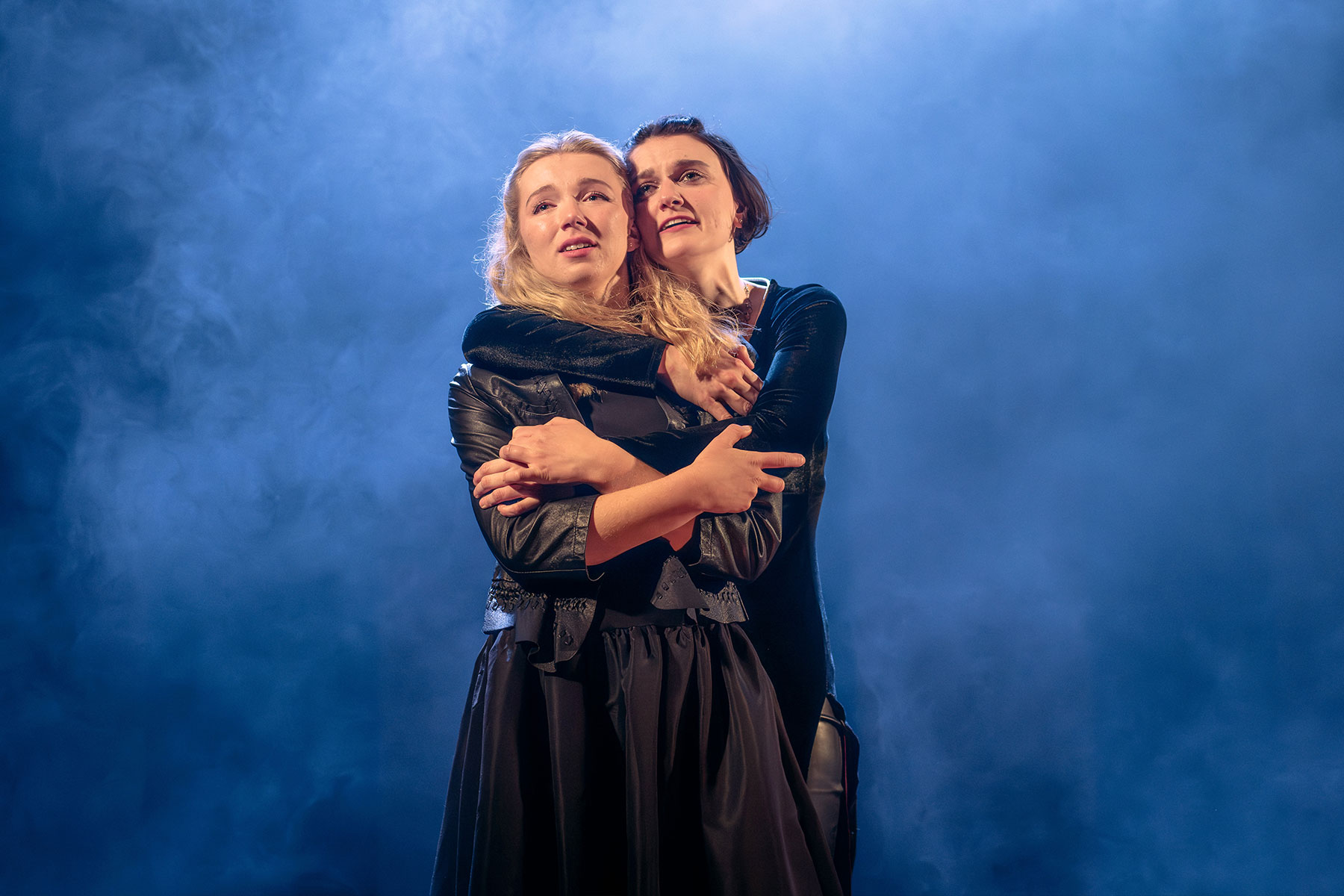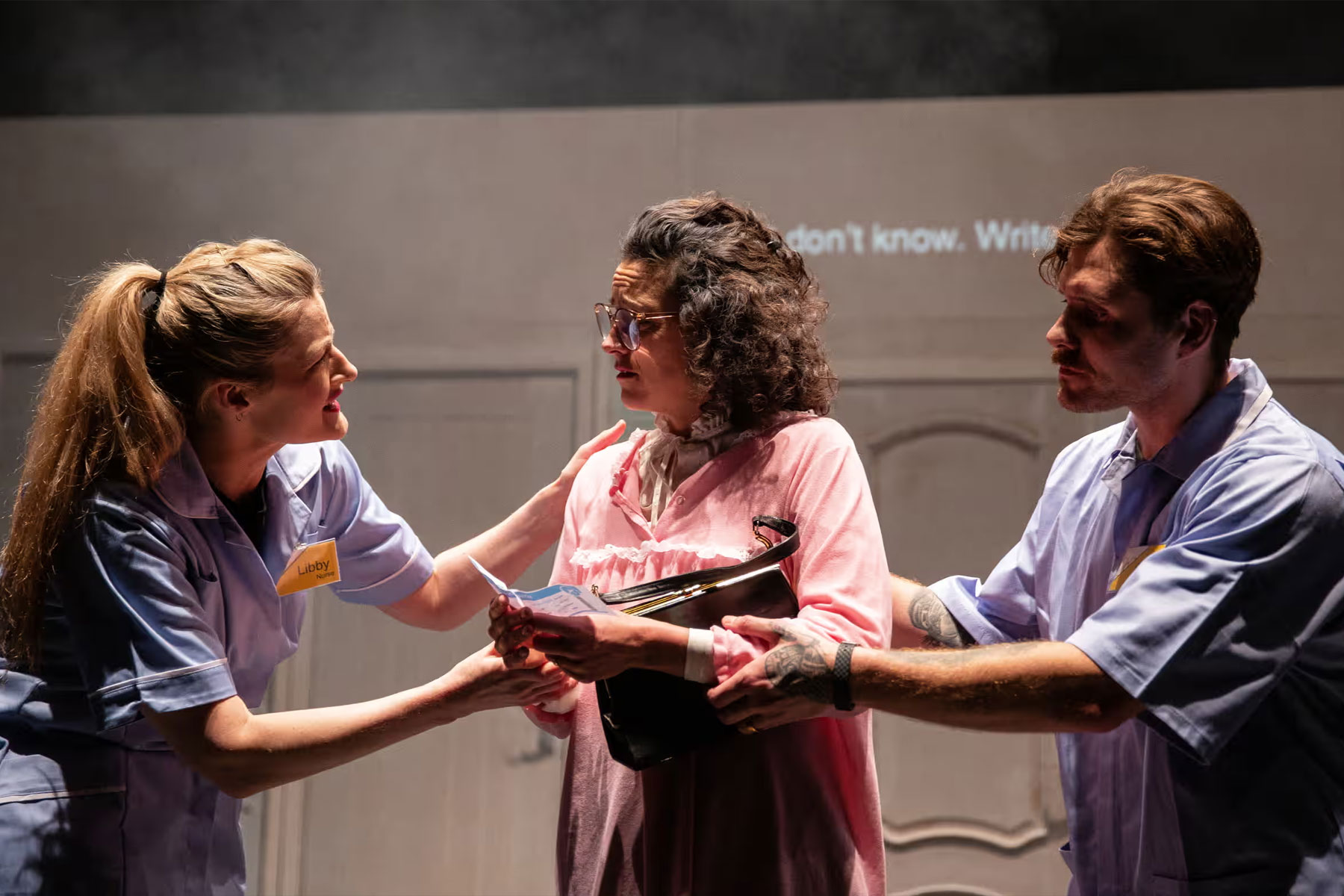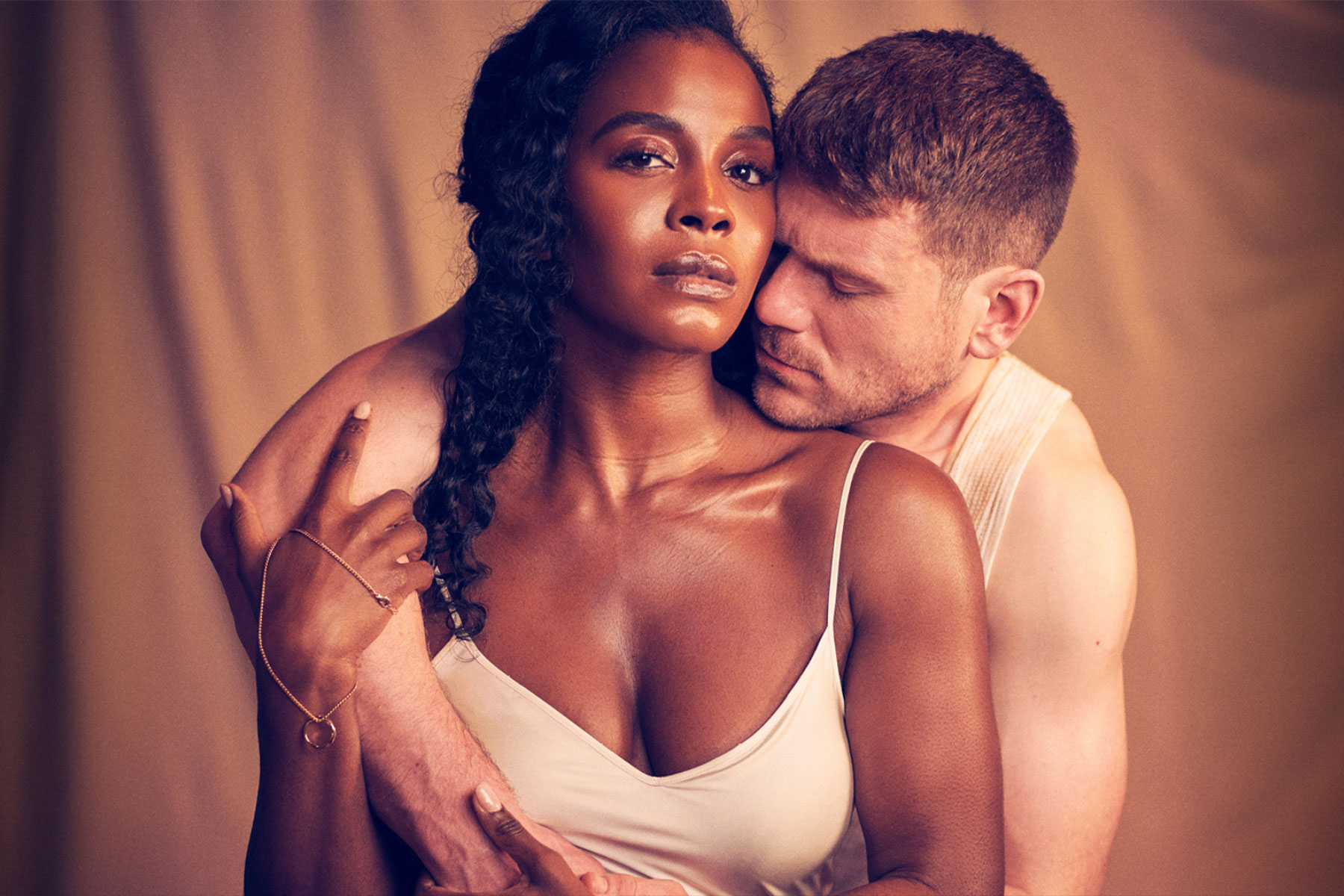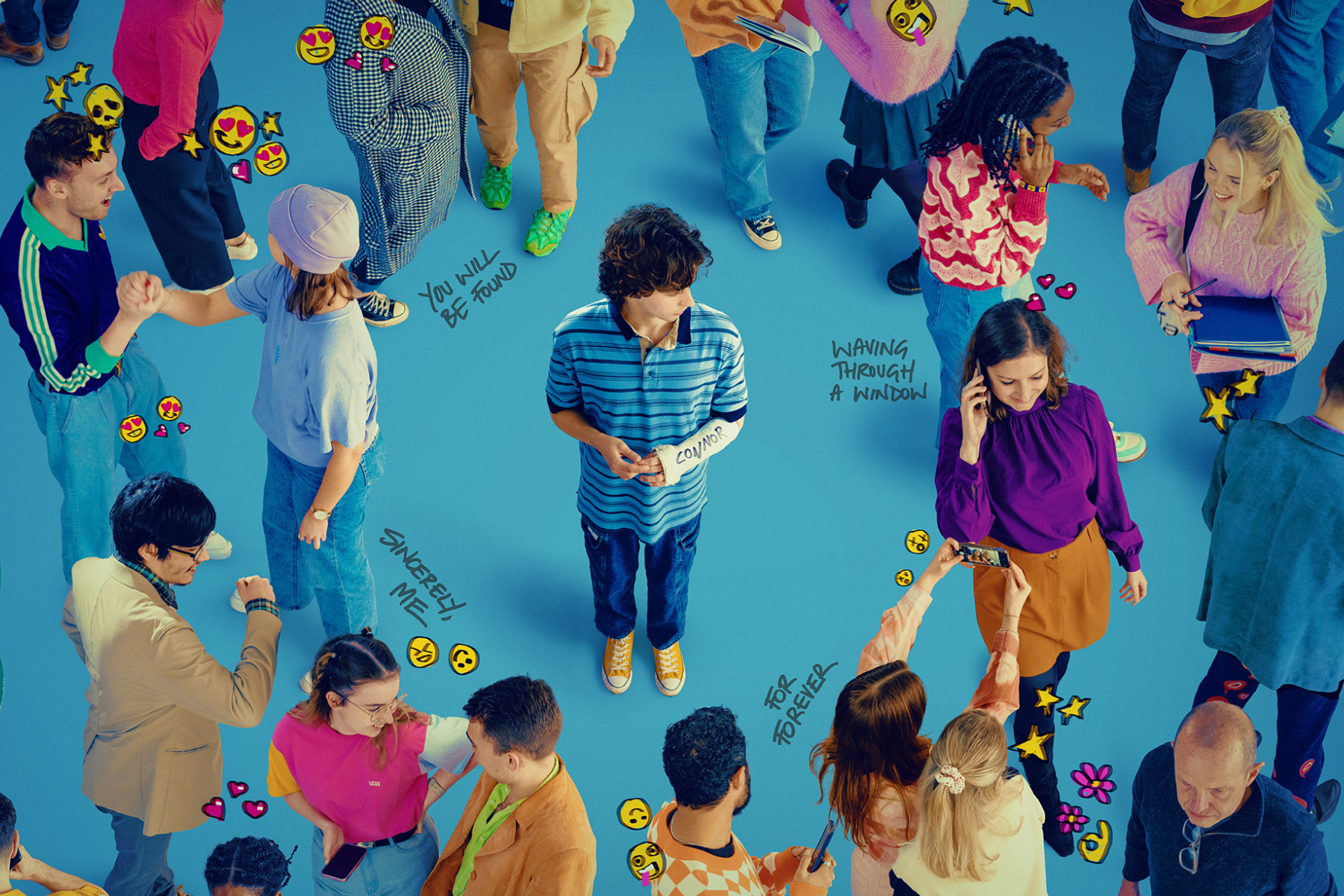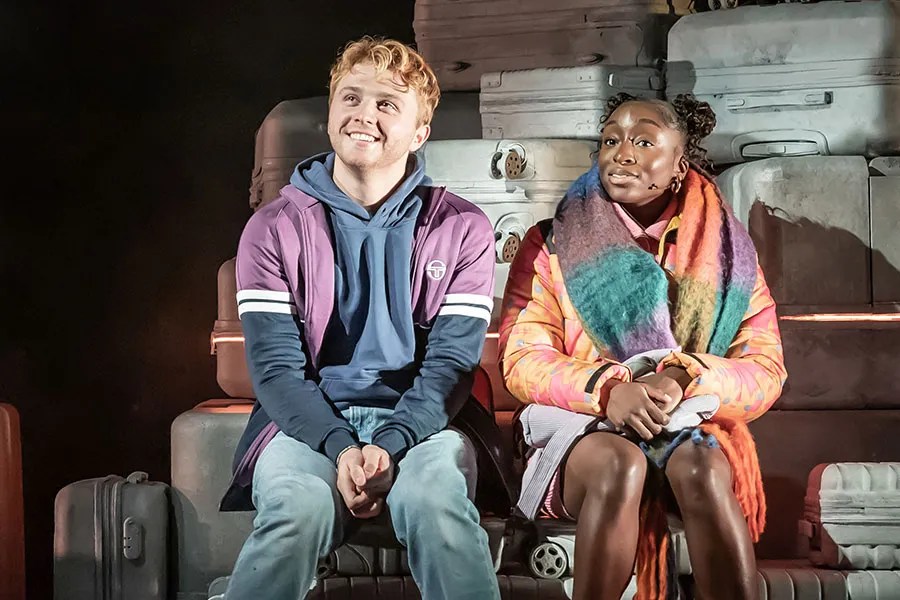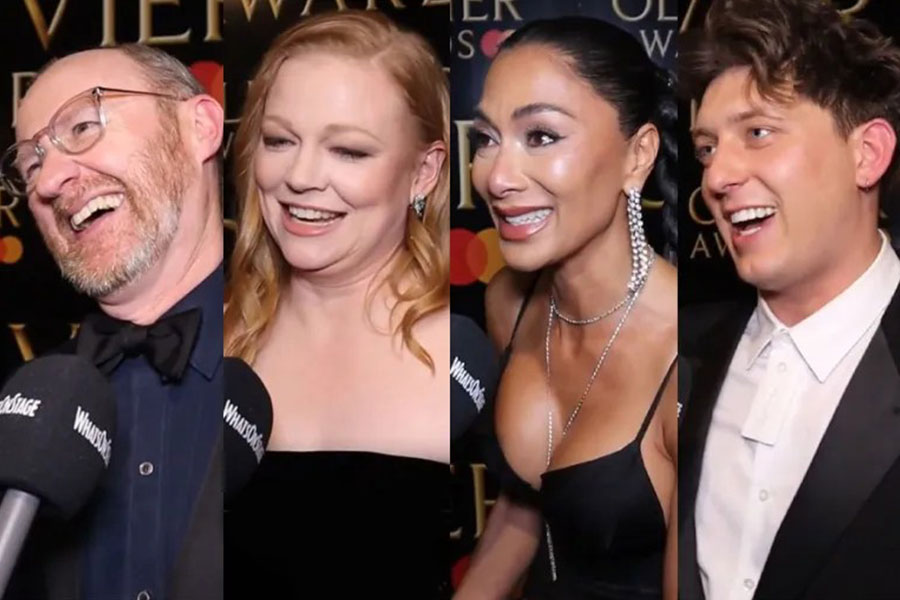I gioielli della Madonna (Opera Holland Park)

Not seen in Britain since Paul Curran’s University College Opera production in March 2000, OHP deserves another feather in its cap for re-invigorating the repertoire, especially as this, the final production of the season, is the only rarity on the bill. With Martin Lloyd Evans in the directing chair teamed again with conductor Peter Robinson, expectations were high. They were met.
All credit to OHP for pushing the boat out, using their biggest chorus and orchestra ever, plus a band of children for the street urchins, because all the effort has been worth it. It may never topple the popularity of Verdi, Puccini or Bizet, but there is rarely such a tangible feeling of collective discovery of an audience coming to the work for a first time.
What exactly will happen to blacksmith Gennaro, and his spurned love for his foster sister Maliella, especially as she falls in with leader of the local camorra gang, Rafaele? Wolf-Ferrari expands it to a four-hander, with Gennaro and Maliella’s mother, Carmela, and here OHP gave us luxury casting in Diana Montague, an archetypal Italian widow, in black, with two problem children. It’s a small part, lustrously sung, leaving us wanting more (a deathbed duet, perhaps….). Our other three principals are also well cast, Mexican tenor Joel Montero coping well with Gennaro’s anguished rejection by Welsh soprano Natalya Romaniw’s desperate Maliella, who wants to escape her claustrophobic home life and start living. The central act, made effectively intimate by the moving of the graphitised walls forward to outline Carmela’s house at the front of the stage, distils the emotional key of the opera, as Gennaro aims to prove his love for Maliella by stealing the jewels from the Madonna, an act thought too sacrilegious by baritone Olafur Sigurdarson’s hoodlum Rafaela, who arrives on a moped to continue wooing Maliella after Gennaro’s thieving departure.
The climax, in the third act, comes in Rafaele’s camorra headquarters, where Maliella is spurned by Rafaele when she admits that she submitted to Gennaro. Even worse, when Gennaro’s trump card, the Madonna’s jewels, are discovered in Maliella’s clutch, the frightened gang members flee. We’re left with a tragic broken family, though the ultimate fate of Maliella and Gennaro I won’t disclose for the sake of those who still have tickets.
From the busy opening street scene and the thrilling procession of the Madonna, lifted high and carried by four men, via the central act’s claustrophobia and the Carmen-esque brigands lair scene to end, Martin Lloyd Evans has brought Wolf-Ferrari’s story to vibrant life, aided by the expanded City of London Sinfonia (complete with organ, pianos and accordion) under the baton of Peter Robinson. The orchestra rises to the occasion splendidly and settles down into a rich rendition of the score, especially fine in soloist accompaniment and the big choruses, let alone the couple of well-known intermezzi, by which the opera has retained a slight grip on public consciousness.
That I gioielli has fallen so far out of the repertoire seems unfair. Three cheers to OHP for allowing at least the current generation of opera lovers to actually see it. May future generations not have to wait so long again.
– Nick Breckenfield



